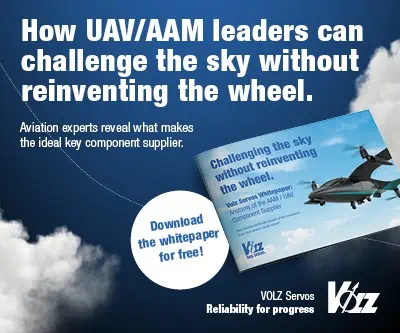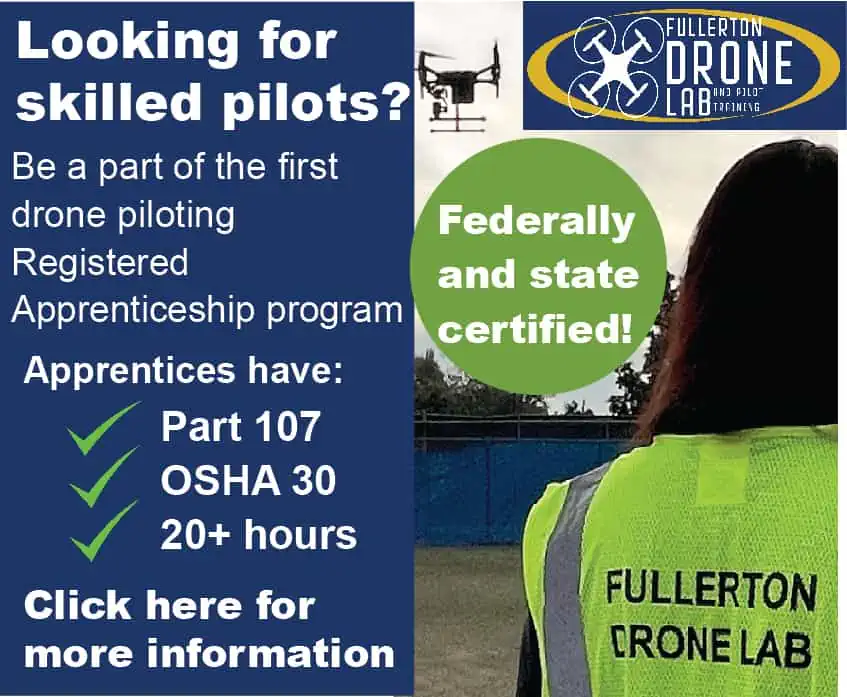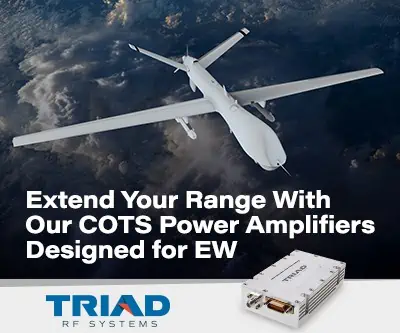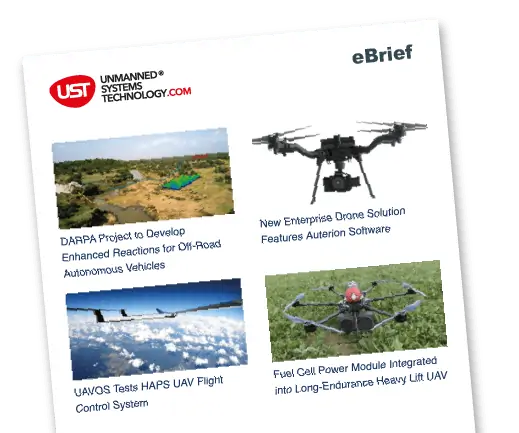Autonomous vehicle system software is becoming more complex as we move towards greater levels of autonomy. Moving from one level of autonomy to the next requires an increase in the complexity of the system software by a factor of 10x or more. How do we build the right system software architecture that will support not only level 2 and level 3 autonomy now, but will also support level 4 and level 5 autonomy in the future? How do we insulate application code from changes, while still taking advantage of the emerging advances in computing, interconnects, and innovations in automotive system hardware design? How do we accommodate increasing complexity in the variety, volume, and timeliness of various data flows between software components? How do we ensure real-time system performance and availability at scale, while ensuring safety, security, and privacy?
In this session we will define the essential artifacts of autonomous system software design and describe how they are naturally supported by Data Distribution Service (DDS) – the open international connectivity standard for data interoperability, evolution, and portability. We will present use cases from selected application examples to illustrate how the industry is advancing towards higher levels of autonomy using RTI Connext DDS, the proven commercial DDS implementation used in leading autonomous vehicle programs.
Speaker
Dr. Rajive Joshi, Principal Solution Architect, Real-Time Innovations (RTI)

















